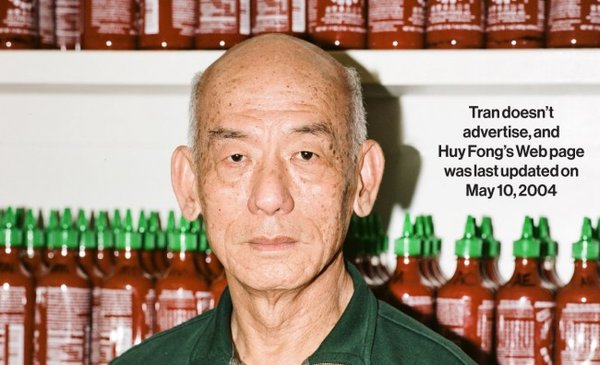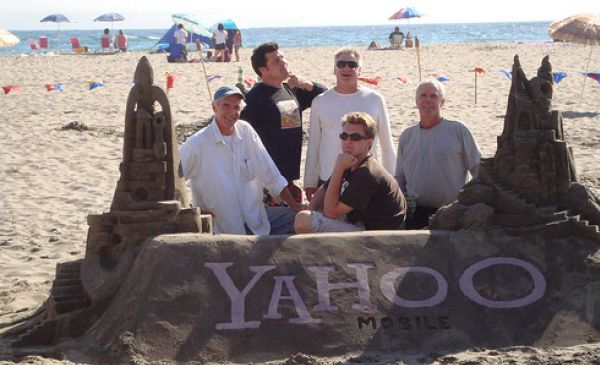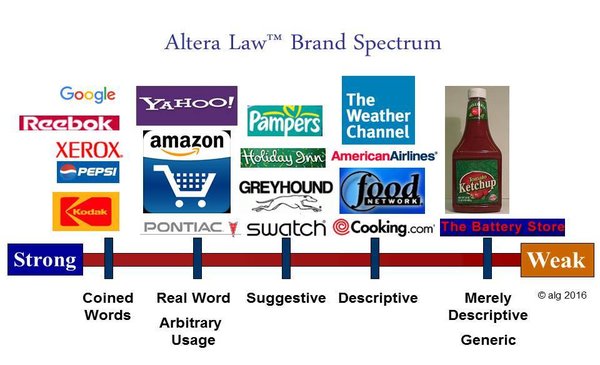
Last week on Branding Strategy Insider we explored How the Fox News brand reached cult status and we looked at how this media giant did several crucial things right to become the most profitable cable news outlet on Television.
This week we examine how another brand achieved the same feat but in a surprisingly different way; without the power of compelling creative, paid media or even a dedicated website for its flagship brand.
Remember we define cult status as a place beyond brand loyalty and even brand advocacy. A place of brand insistence where there are no substitutes. Where the notion of a substitute is flatly rejected.
Sriracha has taken its place as one of the cult status brands.
The first thing you need to know is that “Sriracha” is actually the generic term for a type of hot sauce, not a trademarked brand name. It originates from the coastal town of Si Racha (hence the name), in eastern Thailand. Immigrant David Tran, who sold his concoction in used Gerber baby food jars in Vietnam, brought his love and his recipe for Sriracha to the US, selling it out of the back of his car in 1980. Today, Huy Fong Foods (Tran’s company named after the ship that brought him to the US) is a multi-million dollar food phenomenon, even catching the attention of film documentary producers in Hollywood and industry opinion makers like Bon Apetite.
Aside from the simple fact that brand cultists crave Sriracha and put it on almost everything, what is the secret sauce behind this not so secret sauce brand? Among the many factors that are necessary ingredients in building a food brand like Sriracha (taste, quality control, recipe versatility, etc.), the brand excels where thousands of hot sauce labels, whether local, regional or national, never reach. We’ve identified five areas that marketers will find noteworthy:
1. The Anti-Brand Brand
This is perhaps its greatest anti-marketing, marketing asset. The irony is that in a world that loves brands, Sriracha sauce resonates because it doesn’t follow the expected marketing template of other packaged goods brands with the use of advertising. In fact, Huy Fong Foods is quite proud of that. It has no marketing department. No sales force. Even in the hot sauce category this is considered a risky and inhibiting move for any number of reasons: limiting share growth, non-support of distribution, inviting competitors, etc. But remember, cult brands can do things others cannot.
2. The Beautiful Ugly Package
There are so many Vietnamese logographs on the bottle that one writer observed, it could be a 101-level course in the language. The rooster rendering is crude. The packaging is functional but hardly P&G standards. And yet, who would ever change it? The utilitarian green cap is even spoken of with great affection by food critics. It’s not the quality of the graphic design that makes the brand rather its consistent, unwavering use, that makes the design meaningful…and a thing of beauty to the brand cult.
3. A Great Humble Story
Great brands have great stories about their beginnings, their climb to success and their subsequent fame. Sriracha has all the ingredients for a great story as well as a great hot sauce. The storyline goes something like: Immigrant leaves war-torn communist country for America with a recipe for hot sauce in his pocket and a dream in his heart to bring flavor to a nation of blandness. Founder David Tran is the brand, the story is real, and the passion is as authentic as the bottle.
4. Mass Appeal, One On One
While Sriracha sauce is used as an ingredient by several major restaurant chains in their recipes and sauces, the brand is enjoyed most as an individual food enhancer by individuals, and thanks to Amazon, they can be enjoying it anywhere. Driving this mass brand appeal, one customer at a time, is Sriracha’s embrace of social media—a strategy that both reinforces and stimulates the growth of the brand cult without the commercial stigma of TV spots and billboards. While the brand boasts that “it sells itself” and that its growth is by word of mouth, it gets a little help online. For example, the brand’s Facebook page is sophisticated in content and management with over 280,000 followers. There you’ll find incentives, recipe book offers and announcements from the “Rooster Room” plant gift shop and annual Chile Grinding Event tours.
5. The Coolest In Hot
Craft beers, electronics, cars and jewelry are a few of the categories where brands thrive on the “cool factor”…that heightened sense of self-image by the use or association with a particular brand. The sum total of its anti-brand approach, unsophisticated packaging, storied beginning, and consumer engagement are just a few of the many factors that contribute to its “coolness,” while its flavor profile is anything but, of course. Being cool and desirable is the first step in developing a brand cult following, as Sriracha sauce so ably demonstrates.
Today, 36 years after David Tran started his brand in LA’s Chinatown, it can been seen dressing burgers in ballparks…In Atlanta or elsewhere, carried on their persons by the cult of Sriracha consumers far and wide. All while breaking the rules and building a hot brand.
As you aim for cult brand status, sometimes the best path is to take the one less traveled. In Sriracha’s case, that applies to a lot of things as we’ve seen. So ask yourself:
- Am I relying too much on a traditional marketing strategy and tactics to build my brand?
- Is the media that I use truly reflective of my brand?
- Is my packaging reflective of my brand? Does it reveal the authentic nature and essence of my brand?
- Does my brand have a story and am I telling it?
- Where does my audience most want to engage?
- Where are there growth opportunities by doing the opposite of the competition?
The Blake Project Can Help: The Brand Storytelling Workshop
Branding Strategy Insider is a service of The Blake Project: A strategic brand consultancy specializing in Brand Research, Brand Strategy, Brand Licensing and Brand Education
FREE Publications And Resources For Marketers















